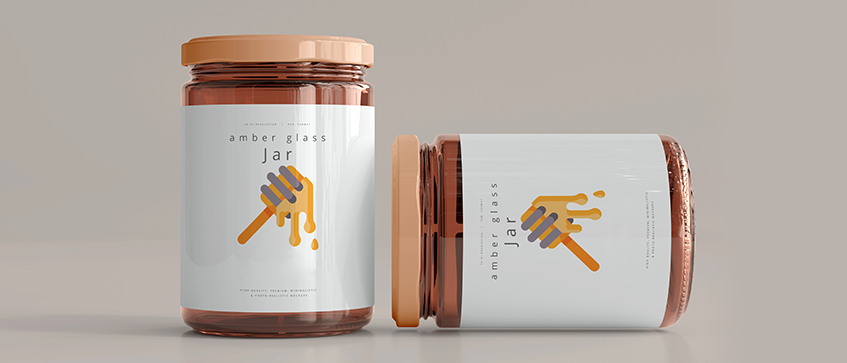Labels is an essential part of any product packaging or organization system. They convey important information about the product or item, such as its name, ingredients, instructions, and more. Additionally, labels serve as a branding tool that helps to differentiate products and create a visual identity.
Designing effective labels is an art form that requires careful consideration of several factors, including typography, color, size, and layout. In this article, we’ll explore the art of labeling and provide a comprehensive guide to effective label design.
Consider the purpose of the label
Before designing a label, it’s important to consider its purpose. What information needs to be conveyed? Who is the target audience? Is it a branding label or a label for functional purposes? Answering these questions will help determine the tone, style, and layout of the label.
Choose the right typography
Typography plays a crucial role in label design. It’s important to choose a font that is legible and easy to read, even from a distance. Additionally, the font should reflect the tone and style of the product or brand. For example, a playful, whimsical font would be appropriate for a children’s toy, while a sleek, modern font would be more suitable for a high-end cosmetic product.
Use color wisely
Color is an important consideration when designing labels. It can evoke emotions and create a visual identity for the product or brand. However, it’s important to use color wisely and not overload the label with too many colors. Stick to a limited color palette and choose colors that complement each other and enhance the overall design.
Keep it simple
Labels should be easy to read and understand. Avoid cluttering the label with too much information or too many design elements. Keep the design simple and clean, with plenty of white space to help the text and images stand out.

Test the label design
Before finalizing the label design, it’s important to test it to ensure it’s effective. Show the label to friends, family, and target audience members to get their feedback. Make any necessary adjustments based on their input.
Label-making has come a long way since its inception, and today, it plays an integral role in various industries, including retail, manufacturing, logistics, and more. With the help of modern technology, label makers have become more advanced, efficient, and cost-effective.
In addition, labeling has become more creative, with options for custom designs, colors, and sizes. Labels are no longer just a way to identify products or packages; they also serve as marketing tools that can help businesses stand out in a crowded marketplace.
As the demand for labels continues to increase, so does the need for reliable and efficient label-making solutions. With advancements in technology and the increasing popularity of e-commerce, businesses can benefit from the convenience and affordability of digital label printing.
In conclusion, the label-making industry has undergone significant changes over the years, with the development of new technologies and increased demand for custom labels. The future of label-making looks bright, with opportunities for growth and innovation in the years to come.
In conclusion, labeling is an essential part of product packaging and organization systems. Effective label design requires careful consideration of several factors, including typography, color, layout, and simplicity. By following these guidelines, you can create labels that are both functional and visually appealing.
















